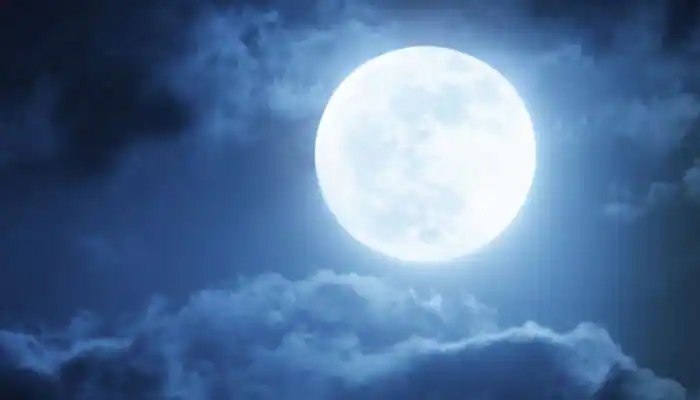The image was taken by the Navigation Camera on board the Rover
Chennai: India’s moon rover has clicked a snap of its carrier — the moon lander — on the lunar soil, and the Indian space agency on Wednesday released the same, an IANS report in The Tribune, Chandigarh, says.
Indian Space Research Organisation (ISRO) in a post on the social media platform X said: “Smile, please! Pragyan Rover clicked an image of Vikram Lander this morning. The image was taken by the Navigation Camera onboard the Rover (NavCam). NavCams for the Chandrayaan-3 Mission are developed by the Laboratory for Electro-Optics Systems (LEOS).”
India on August 23 scripted history as ISRO’s ambitious third Moon mission Chandrayaan-3 touched down on the lunar surface, making it only the fourth country to accomplish the feat, and first to reach the uncharted south pole of earth’s only natural satellite.
The image was taken on Wednesday (Aug. 30) at 7:35 a.m. Indian Standard Time (10:30 p.m. EDT on Tuesday, Aug. 29, or 0130 GMT on Wednesday).
Chandrayaan-3 is now half-way through its planned lifetime as neither the rover nor the lander are expected to survive the upcoming two-week lunar night.
The Chandrayaan-3 mission landed on the moon on Wednesday, Aug. 23. One day later, the Pragyan rover descended from the lander, and both spacecraft began their scientific explorations.
Since then, the mission has sent home a series of images and videos of Pragyan roaming around on the lunar surface, leaving tracks in the lunar soil. The image released today is the first showing the lander through the rover’s eyes.
The mission’s ChaSTE payload made headlines earlier this week when it took temperature measurements of the lunar surface, the first such measurements taken near the southern polar area by a sensor placed directly on the surface rather than from orbit.
The measurements showed that the ‘s moon’s surface can get incredibly hot during the two-week lunar day because the body, unlike Earth, is not protected by a thick atmosphere that would absorb the sun’s heat and balance out the differences between the times when sun rays reach the moon’s surface and when they don’t.
In a separate announcement, ISRO said that Chandrayaan-3 found traces of sulfur in the lunar soil. Sulfur has previously been found in small quantities in samples brought to Earth by the 1970s Apollo missions, but scientists were unsure how common this mineral is on the moon.
Chandrayaan-3 is now half-way through its planned lifetime as neither the rover nor the lander are expected to survive the upcoming two-week lunar night.
*****************************************************
Readers
These are extraordinary times. All of us have to rely on high-impact, trustworthy journalism. And this is especially true of the Indian Diaspora. Members of the Indian community overseas cannot be fed with inaccurate news.
Pravasi Samwad is a venture that has no shareholders. It is the result of an impassioned initiative of a handful of Indian journalists spread around the world. We have taken the small step forward with the pledge to provide news with accuracy, free from political and commercial influence. Our aim is to keep you, our readers, informed about developments at ‘home’ and across the world that affect you.
Please help us to keep our journalism independent and free.
In these difficult times, to run a news website requires finances. While every contribution, big or small, will makes a difference, we request our readers to put us in touch with advertisers worldwide. It will be a great help.
For more information: pravasisamwad00@gmail.com











